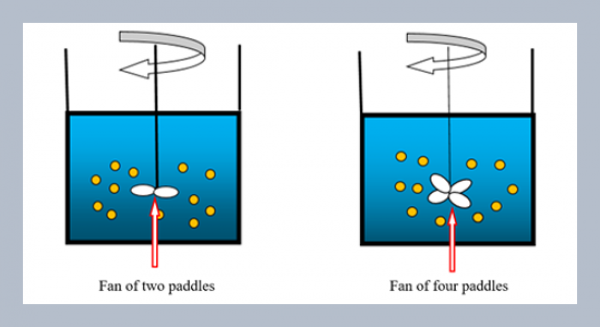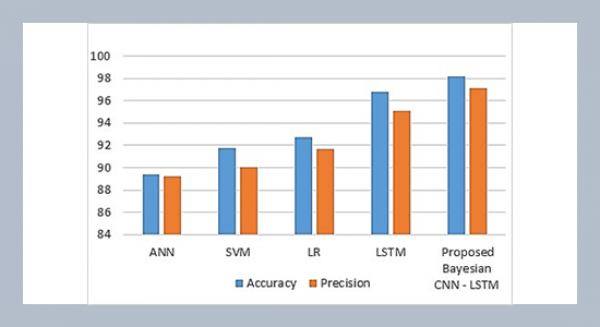REFERENCES
- [1] Gopang, M. A., Nebhwani, M., Khatri, A., and Marri, H. B. 2017. An assessment of occupational health and safety measures and performance of SMEs: An empirical investigation. Safety science, 93, 127-133.
- [2] Spinardi, G., Bisby, L., and Torero, J. 2017. A review of sociological issues in fire safety regulation. Fire technology, 53, 3: 1011-1037.
- [3] Wadud, Z., Huda, F. Y., and Ahmed, N. U. 2014. Assessment of fire risk in the readymade garment industry in Dhaka, Bangladesh. Fire Technology, 50, 5: 1127-1145.
- [4] Schumpeter, A. 1934. The theory of economic development: an inquiry into profits, capital, credit, interest, and the business cycle, Transaction publishers.
- [5] Schön, D. A. 1967. Technology and change: The new Heraclitus (Vol. 8541). Delta.
- [6] Daft, L. 1978. A dual-core model of organizational innovation. Academy of Management Journal, 21, 2: 193-210.
- [7] Brown, S. L. and Eisenhardt, K. M. 1995. Product development: Past research, present findings, and future directions. Academy of Management Review, 20, 2: 343-378.
- [8] Tushman, M. and Nadler, D. 1986. Organizing for innovation. California management review, 28, 3: 74-92.
- [9] Vrakking, W. J. The innovative organization. Long Range Planning, 23, 2: 94-102.
- [10] Pennings, J. M. and Harianto, F. 1992. The diffusion of technological innovation in the commercial banking industry. Strategic management journal, 13, 1: 29-46.
- [11] Utterback, J. 1994. Mastering the dynamics of innovation: How companies can seize opportunities in the face of technological change. University of Illinois at Urbana-Champaign's Academy for Entrepreneurial Leadership Historical Research Reference in Entrepreneurship.
- [12] Higgins, J. M. 1995. Innovation: the core competence. Planning review, 23, 6: 32-36.
- [13] Nonaka, I. and Takeuchi, H. 1995. The knowledge-creating company: How Japanese companies create the dynamics of innovation. Oxford university press.
- [14] Oates, K. 1997. Innovation is everybody's business. Management Services, 41, 5: 8-13.
- [15] Clark, J. and Guy, 1998. Innovation and competitiveness: A review: practitioners' forum. Technology Analysis & Strategic Management, 10, 3: 363-395.
- [16] Drucker, P.F. 2002. The discipline of innovation. Harvard business review, 80, 95-104.
- [17] Ansoff, I. and Stewart, J. M. 1967. Strategies for a technology-based business. Harvard Business Review, 45, 6: 71-83.
- [18] Booz, Allen and 1982. New products management for the 1980s. Booz, Allen & Hamilton.
- [19] Marquish,G. 1982. The Anatomy of successful innovation. Winthrop Publishes, Cambridge.
- [20] Abernathy, J. and Clark, K. B. 1985. Innovation: Mapping the winds of creative destruction. Research policy, 14, 1: 3-22.
- [21] Chacko, K. 1988. Technology management: Applications to corporate markets and military missions, Praeger Publishers.
- [22] Cohen, W. M. and Levinthal, A. 1990. Absorptive capacity: A new perspective on learning and innovation, Administrative Science Quarterly, 128-152.
- [23] Rochford, L. 1991. Generating and screening new products ideas. Industrial Marketing Management, 20, 4: 287-296.
- [24] Danneels, E. and Kleinschmidtb, J. 2001. Product Innovativeness from the firm's perspective: Its dimensions and their relation with project selection and performance. Journal of Product Innovation Management, 18, 6: 357-373.
- [25] Morris, L. 2009. Business model innovation the strategy of business breakthroughs. International Journal of Innovation Science, 1, 4: 191-204.
- [26] Commons, J. R., Perlman, S., and Parsons, K. H. 1950. The economics of collective action. Macmillan, New York.
- [27] Barnard, C. S. 1976. Farm planning and control action (2nd ). Cambridge, New York.
- [28] Schmoldt, D., Kangas, J., Mendoza, G. A., and Pesonen, M. 2013. The analytic hierarchy process in natural resource and environmental decision making, Springer Science & Business Media.
- [29] Zott, C. and Ami, R. 2013. The business model: a theoretically anchored robust construct for strategic analysis. Strategic Organization, 11, 4: 403-411.
- [30] Porter, M. E. 1985. Competitive advantage–creating and sustaining superior performance. New York: The Three Presses.
- [31] Schumann, P. A., Prestwood, D. C. L., Tong, A. H., and Vanston, J. H. 1994. Innovate: straight path to quality, customer delight & competitive advantage. McGraw-Hill, New York.
- [32] Prahalad, C. K. and Hamel, G. 1990. The core competence of the corporation. Harvard Business Review, 68, 3: 79-91.
- [33] Allianz Fire Engineering Corp., http://allianz.linhow.com.tw/index.php.
- [34] Fly Eagle Fire Engineering Corp., http://www.fly-eagle.com.tw/.
- [35] Cheng Deh Fire Protection Industrial Corp., http://www.cheng-deh.com.tw/.
- [36] Hongyi Energy Technology Corp., http://www.hongyi119.com/.















